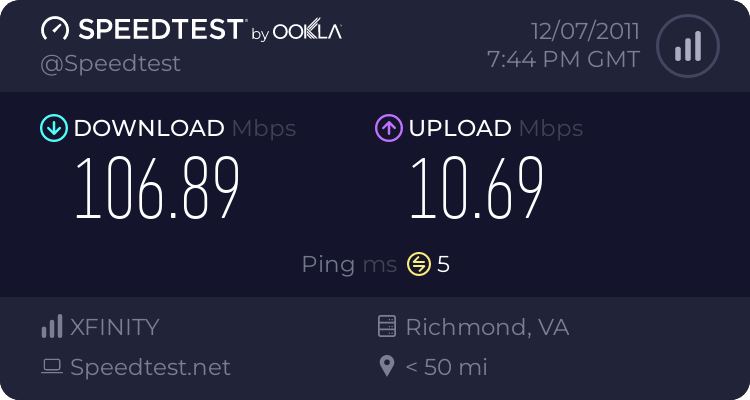ImprobableJoe
New Member

Now, if anyone knows how I can trick my fucking wireless router into sharing that speed around the house, I'm all ears.
Follow along with the video below to see how to install our site as a web app on your home screen.
Note: This feature may not be available in some browsers.

Linksys WRT320NCEbbesen said:well, what router do you have?
Sure, but only 10% of the wired signal, across less than 10 feet?DepricatedZero said:Wireless won't be as fast as wired, the signal is too vulnerable to EMI
Done, that's moved it from "strict" to "moderate".Dustnite said:You have to forward the following ports for Xbox Live to your Xbox's IP address.
Port 88 (UDP)
Port 3074 (UDP and TCP)
Port 53 (UDP and TCP)
Port 80 (TCP)
The new one.Dustnite said:You running the XBox with the Jasper board or the old one? (Jasper has HDMI)
If you are running the Jasper board the integrated NIC is gigabit.
The older ones are 10/100 only.
)O( Hytegia )O( said:Here's some good advice....
DepricatedZero said:some more good advice....